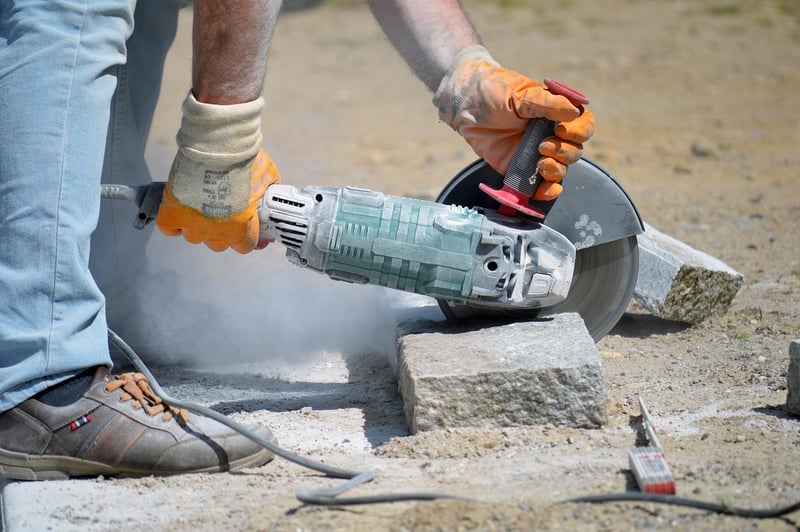Soil Testing Methods
Optimizing Plant Growth and Soil Testing Methods
Introduction
Ensuring optimal growth conditions for your plants is essential for a successful garden or farm. One key aspect of this is understanding the quality of your soil through proper testing methods. In this article, we will explore how you can optimize plant growth and the various soil testing methods available.
Optimizing Plant Growth
Healthy plants require the right balance of nutrients, water, sunlight, and soil conditions. Here are some tips to optimize plant growth:
- Choose the right plants for your climate and soil type.
- Ensure proper watering - neither too much nor too little.
- Provide adequate sunlight based on the plant's requirements.
- Use organic fertilizers to nourish the soil naturally.
- Practice crop rotation to prevent depletion of nutrients in the soil.
Soil Testing Methods
Testing your soil can provide valuable insights into its pH levels, nutrient content, and overall health. Here are common soil testing methods:
- Soil pH Testing: Determines the acidity or alkalinity of the soil, affecting nutrient availability to plants.
- Nutrient Analysis: Tests for essential nutrients like nitrogen, phosphorus, and potassium present in the soil.
- Texture Analysis: Evaluates the soil's composition in terms of sand, silt, and clay content.
- Microbial Testing: Assesses the presence of beneficial or harmful microorganisms in the soil.
Benefits of Soil Testing
By regularly testing your soil, you can:
- Ensure proper nutrient levels for plant growth.
- Adjust pH levels to meet plant requirements.
- Prevent over-fertilization, which can harm plants and the environment.
- Save money by using fertilizers efficiently.
Conclusion
Optimizing plant growth and conducting regular soil testing are crucial steps for any gardener or farmer looking to maximize yields and maintain a healthy ecosystem. By following the tips outlined in this article and utilizing appropriate soil testing methods, you can create an ideal environment for your plants to thrive.

For more information on soil testing methods and plant growth optimization, visit University of Minnesota Extension.
